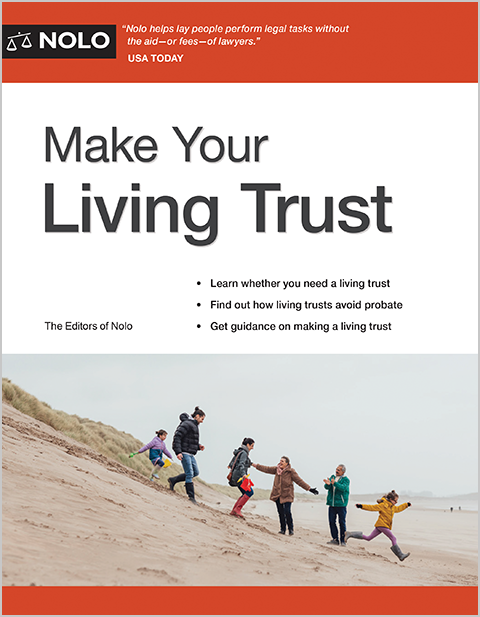You're not done when you've signed your trust document.
Once you've made a living trust, there's one more crucial step: formally transferring assets to the trust. This is called "funding the trust"—and if you don't do it, your trust will have no effect on how your property is transferred after your death. The assets you thought would be controlled by the terms of the trust will pass instead under your will or, if you don't leave a will, under state intestate succession law.
It's very common for people to skip the funding step altogether, or to leave out valuable assets. Many people assume, if they hired a lawyer to draft the trust document, that the lawyer will also take care of the funding. But that's not always the case, so be sure to check with your lawyer to be clear about your responsibilities.
Assets With Title Documents
If an asset that you want to hold in trust has a document showing who owns it, then you'll need a new ownership (title) document, showing that the asset is now held in trust. Common examples include:
- Real estate
- Stocks
- Bank accounts
- Cars and other vehicles
- Copyrights and patents
So, if you want to hold your house in your living trust, you'll need to prepare, sign, and record a new deed, showing that the property is held in your trust. If you're making a simple probate-avoidance trust (the most common kind of trust), then you'll transfer the property to yourself in your capacity as trustee. For example, the deed might read: "Jane L. Jacoby hereby quitclaims to Jane L. Jacoby, trustee of the Jane L. Jacoby Revocable Trust dated September 22, 20xx, the following described real property….."
If you want to transfer bank or brokerage accounts to your trust, contact the financial institution and ask that ownership be changed in its records. The institution may ask to see a copy of the trust document, as evidence that the trust actually exists.
If you don't want to share the contents of your trust document, you can probably submit a shortened version. You can also prepare a certificate of trust (sometimes called a memorandum or abstract of trust), which contains basic information about the grantor (the person setting up the trust), the trustee (usually the same person, with a simple revocable trust), and the date the trust was created. Many states have their own rules for what constitutes a certificate of trust; if you follow your state's statutory requirements, institutions in the state must accept your certificate and can't demand to see the entire document.
Assets Without Title Documents
Lots of assets, including many valuable ones, don't have official title documents. For example, you might want to hold your furniture or artwork in your trust, or heirlooms that have significant sentimental value. You can do that by listing the items in the trust document (commonly a list, or schedule, of property is attached to the trust document).
If you want to make more of a paper trail, you can create a simple document called an Assignment of Property. It transfers assets from you as an individual to you as trustee of your trust. In some states—New York, for one—such a document is required.
Ready to create your will?



